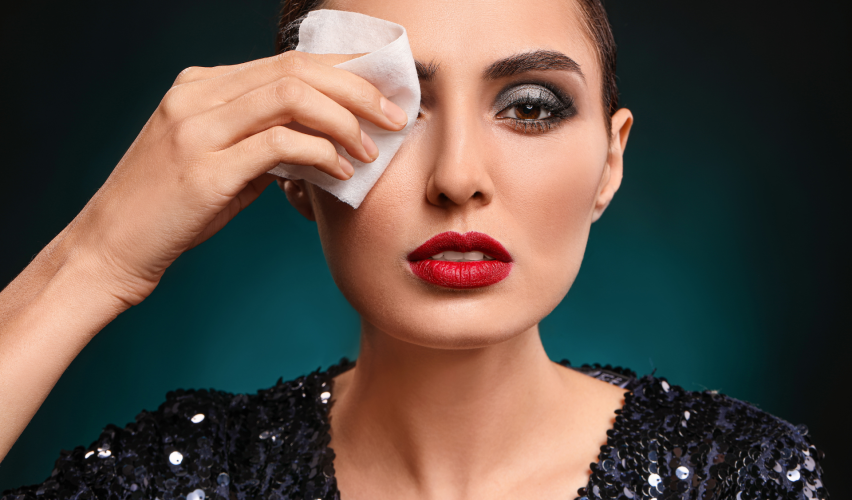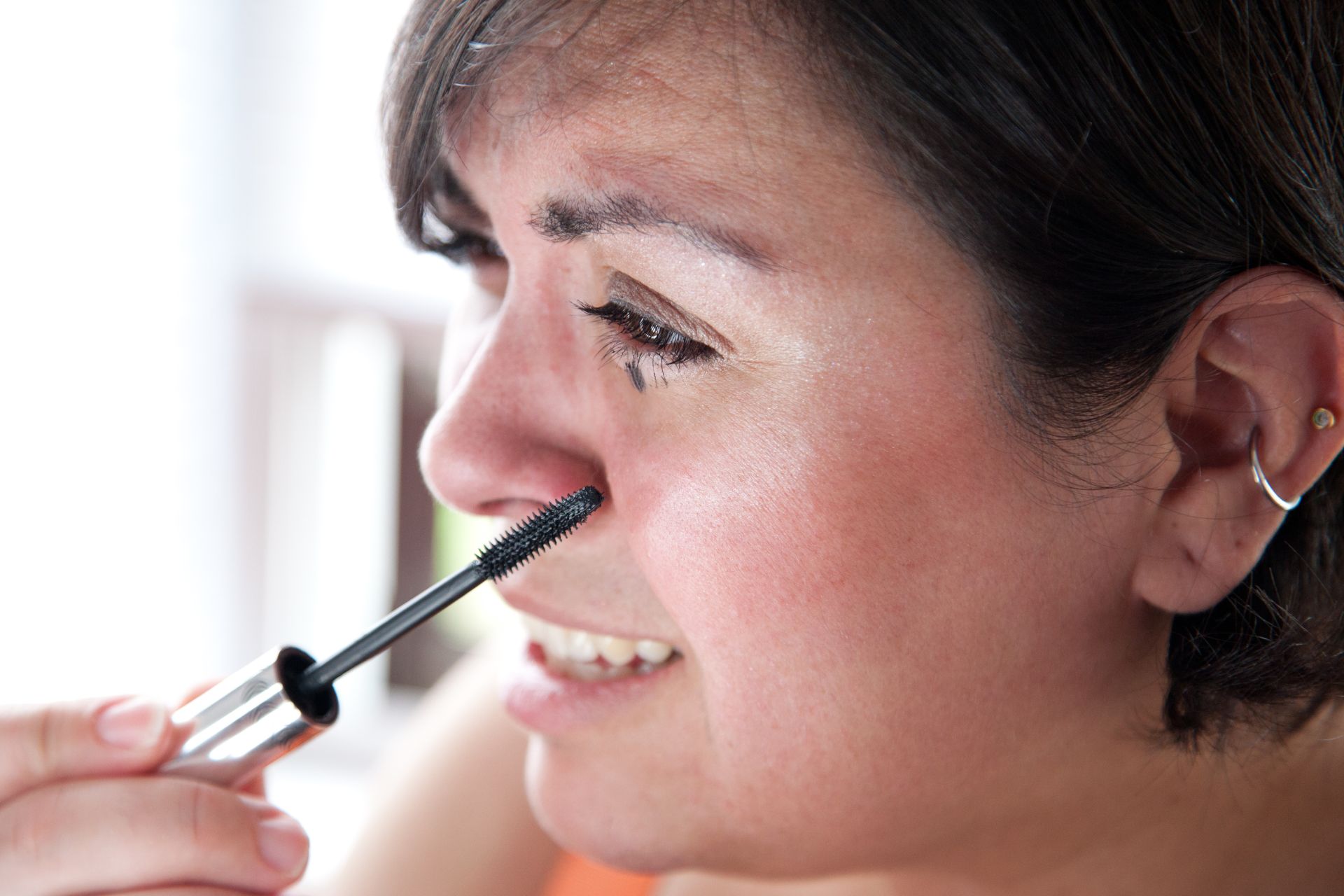We’ve all been there: you spend precious minutes perfecting your base, only to step into natural light and realize your makeup looks less like a second skin and more like a spackled mask. “Cakey makeup” is the bane of many beauty enthusiasts’ existence, leaving your complexion looking dry, heavy, and anything but flawless.
While you might have mastered the initial “5 Simple Ways” to avoid this common pitfall, achieving truly seamless, non-cakey makeup goes beyond the basics. It’s about understanding the nuances of your skin, the products you use, and the techniques you employ. Get ready to elevate your makeup game with this ultimate guide!
1. Master the Art of Skin Prep: The True Foundation
Think of your skin as a canvas. Would an artist paint on a rough, dry, or oily surface? Absolutely not! The same applies to your makeup.
- Hydration is Non-Negotiable: Dry, dehydrated skin will absorb moisture from your foundation, making it look patchy and heavy. Incorporate a good quality humectant serum (like hyaluronic acid) followed by a moisturizer suited to your skin type. Give these products ample time to sink in before applying makeup – at least 5-10 minutes.
- Exfoliation, But Gently: Regular, gentle exfoliation (1-2 times a week) removes dead skin cells that can contribute to a dull, uneven texture. Over-exfoliating, however, can strip your skin and make it produce more oil, leading to cakiness.
- Prime Time, Right Prime: A primer isn’t just an extra step; it’s a strategic one.
- Hydrating primers: Ideal for dry skin, they add an extra layer of moisture.
- Pore-filling primers: Blur imperfections and create a smoother surface for foundation.
- Mattifying primers: Control oil for those with oily or combination skin, preventing foundation from breaking down. Choose your primer based on your primary skin concern and apply sparingly to areas that need it most.
2. Product Power: Choosing Wisely
Your product choices play a significant role in preventing cakiness.
- Foundation Formula Matters:
- Sheer to Medium Coverage: Often, less is more. Opt for foundations that offer buildable coverage rather than starting with a full-coverage formula. Mineral Dual Powder are excellent choices for a natural finish. We highly recommend the Mommy Makeup’s Mineral Dual Powder Foundation SPF15, it’s oil-free, talc-free, paraben-free, fragrance-free, noncomodegenic, cruelty-free, and allergy tested.
- Avoid Overly Matte Formulas (Unless Necessary): While matte foundations are great for oil control, they can sometimes emphasize dry patches and look heavy if not applied correctly. Consider satin or natural-finish foundations for a more skin-like appearance.
- Liquid & Cream Over Powder: For most steps (blush, bronzer, highlighter), liquid or cream formulations tend to blend more seamlessly into the skin and are less likely to look powdery or cakey than their powder counterparts. If you do use powders, choose finely milled formulas.
- Setting Sprays are Your Friend: Beyond just setting your makeup, a good setting spray can melt powders into the skin, making your overall look appear less powdery and more natural. Look for hydrating or “natural finish” setting sprays.
3. Application Precision: Techniques That Transform
Even with the best products and prep, poor application can lead to cakey results.
- Less is More, Always: This cannot be stressed enough. Start with a tiny amount of product and build up coverage only where needed.
- Tools of the Trade:
- Damp Beauty Sponge: A damp beauty sponge (like a Teardrop Blending Sponge by Mommy Makeup ) is excellent for pressing product into the skin, creating a seamless finish and absorbing excess.
- Stippling Brush: For liquid foundations, a stippling brush applies product in a way that provides coverage without looking heavy.
- Fingers (for certain products): For tinted moisturizers or cream blushes, the warmth of your fingers can help the product melt into the skin beautifully.
- Buff, Don’t Rub: When applying foundation, blush, or bronzer, use gentle buffing or stippling motions. Avoid dragging or rubbing, which can disrupt the product and create streaks or patches.
- Targeted Concealing: Instead of applying a thick layer of concealer under your eyes or on blemishes, pinpoint apply a small amount directly to the discolored area and blend out the edges meticulously.
- Strategic Powdering: Powder is often the biggest culprit for cakiness.
- Focus on the T-Zone: Only powder areas that genuinely get oily (usually the forehead, nose, and chin).
- Light Hand: Use a fluffy brush and a very light hand.
“Baking” with Caution: While baking can set makeup, it can also lead to a very dry, cakey look if overdone or used on dry skin. If you do bake, use a very small amount of powder and dust off excess thoroughly.
4. Mid-Day Maintenance: Keep it Fresh
Your makeup can shift and settle throughout the day. A little touch-up can prevent it from looking tired or cakey.
- Blot, Don’t Powder (Initially): If you get oily, blot away excess oil with blotting papers first. Then, if needed, lightly dust a tiny amount of powder only on the still-shiny areas.
- Revitalize with Setting Spray: A quick spritz of hydrating setting spray can refresh your makeup and melt any dry-looking patches.
- Avoid Piling On: Resist the urge to add more layers of foundation or concealer over existing makeup that’s starting to look cakey. This will only exacerbate the problem.
5. The Power of Patience and Practice
Achieving a flawless, non-cakey base isn’t always instant. It requires patience to allow products to absorb, and practice to perfect your application techniques. Experiment with different products and tools to see what works best for your unique skin.
By moving “Beyond 5” simple tips and embracing a holistic approach to skin prep, product selection, and meticulous application, you’ll unlock the secret to makeup that looks like beautiful skin, not a mask. Say goodbye to cakey makeup and hello to a naturally radiant, confident you!





